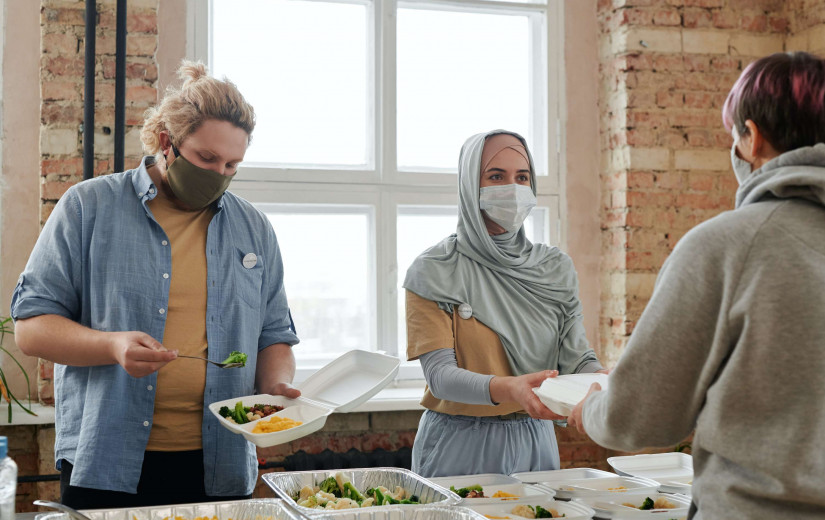CDC Drastically Changes Guidance on COVID-19 Testing, Leaving Many Confused
The Centers for Disease Control and Prevention (CDC) has come under fire over the last few days after quietly changing the recommendations regarding when individuals should seek a test for COVID-19. On Wednesday, the CDC updated its recommended testing guidance to reflect that most people who have been exposed to the virus do not need to be tested. The guidance says that those who have been exposed to a known positive individual still need to self-quarantine for at least two weeks.
However, the new guidance says that only those who are experiencing symptoms or at a high risk of complications need to seek a test. The guidance also says that the exposure to the confirmed positive person needs to have been for at least 15 minutes and within six feet.
Here is more information about the updated recommendations and how it may affect you.
Previous Recommendation
Prior to this week, the CDC had recommended that anyone who had been in contact with a COVID-19 positive individual be tested. All scientific evidence has thus far pointed to asymptomatic and presymptomatic carriers as possible vectors of transmission for the virus. Research has shown that up to 40% of all positive cases are asymptomatic. In addition, asymptomatic individuals have also been shown to have the same viral load as those people with symptoms.
Because of these scientific facts, medical professionals have agreed that there is a need to identify and isolate those who have been exposed to the virus regardless of whether or not they are showing symptoms. The new guidance has left many in the industry confused about how to proceed.
Why the Change in Recommendations?
The CDC said that the recommendations were set forth by the US Department of Health and Human Services (HHS). However, there has been no official reason given for the significant change in testing protocol offered by either organization.
Many medical professionals are speculating that the CDC was overruled by the HHS regarding how to approach testing. Officials with the White House are saying that they are trying to prioritize testing so that those that are the most vulnerable to the virus get tested first.
Testing availability varies greatly within different regions of the country. While some states are able to test anyone who needs it with rapid results, other areas are struggling with massive testing backlogs and slow turnaround times.
Other experts suspect that the new recommendations are coming as a result of political pressure from the Trump administration, looking to push for less testing to paint a rosier picture of the control of the ongoing pandemic.
How Testing and Contact Tracing Work Together
When understanding the importance of ample testing availability, it is important to learn how testing and contact tracing work together to mitigate the spread of the virus throughout communities. Contact tracers are able to identify, inform, and isolate the close contacts of people who have tested positive for the virus.
This system can significantly slow down the spread of the virus, making it an essential tool in the arsenal of ways to beat the virus. Not only does contact tracing keep those who are positive away from the public, but it also helps scientists to better understand how and where the virus spreads. However, if testing is not available to those who have been exposed, it makes contact tracing efforts nearly impossible.
States Devising Their Own Guidance
In response to the updated CDC guidance, some states are already taking action to put forth their own recommendations regarding when to seek a test. By Thursday morning, the states of New York, California, and Washington have come out with official statements that indicate that they will not follow the new CDC guidelines. Instead, these states plan on keeping testing available for anyone who has been exposed, regardless of if they are experiencing symptoms.
As with all things COVID-19, it is important to make your own decisions based on your personal health situation. While the shifting guidance does not make it any easier to understand the virus, you should work with your health care provider to discern whether or not you need to be tested at any given time.

















